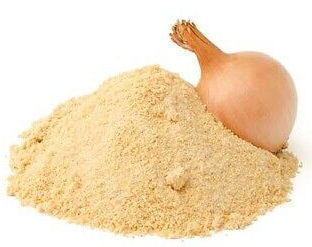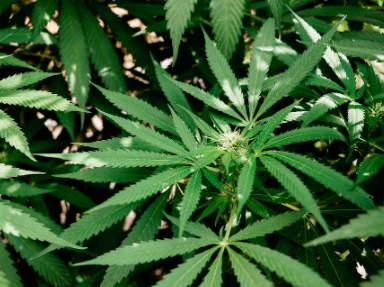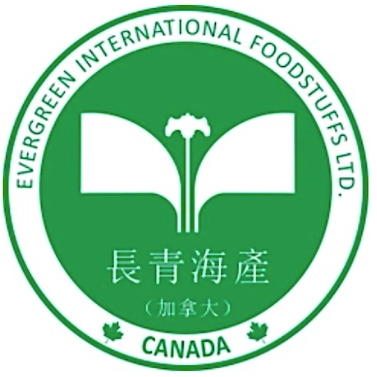The CDC, public health and regulatory officials in several states, and the FDA (FDA) investigated a multistate outbreak of Listeria monocytogenes infections. Epidemiologic data showed that leafy greens were a likely source of the outbreak. However, there was insufficient data to identify a specific type or producer of leafy greens. As of June 13, 2023, this outbreak is over. As of June 13, 2023, 19 people infected with the outbreak strain of Listeria were reported from 16 states. Eighteen people were hospitalized, and no deaths were reported. State and local public health officials interviewed people about the foods they ate the month before they got sick. Of 14 people who answered questions about leafy greens, 13 (93%) people ate leafy greens, 13 (93%) ate iceberg lettuce, and 10 (71%) ate romaine lettuce. Twelve (86%) people ate packaged salads. Case analysis showed that people in this outbreak were 8 times more likely to eat iceberg lettuce (p=0.035), 5 times more likely to eat romaine lettuce (p=0.038), and 4 times more likely to eat packaged salads (p=0.049) than sick people not in this outbreak. The data suggests that leafy greens were a likely source of this outbreak. WGS showed that bacteria from sick people’s samples were closely related genetically. Suggesting that people in this outbreak got sick from the same food. @ https://www.cdc.gov/listeria/outbreaks/monocytogenes-02-23/details.html#:~:text=As%20of%20June%2013%2C%202023%2C%20a%20total%20of%2019%20people,%2C%202023%20(see%20timeline)




